Medicare Marketing Guidelines

Rules Renamed to "Medicare Communications & The Medicare Marketing Guidelines (MMG) have seen some significant changes since 2019. The MMG, which governs Medicare Advantage Organizations (MAO) and Plan D sponsors, were also re-named to Medicare Communications and Marketing Guidelines (MCMG). In this article, we’ll take a look at some important changes to the regulations that you should be aware of moving forward. Below, I have highlighted some of what we consider the most relevant changes to the guidelines. It is not an exhaustive list, but I think it’s a good place to start. The following sections have changed since 2019:
[ Note: Plans/Part D sponsors may impose additional restrictions on their subcontractors, downstream entities, and/or delegated entities, provided they do not conflict with the requirements outlined in the MCMG. ]
Let's look into some of the changes to the Medicare Communications and Marketing Guidelines: 20 – Communications and Marketing Definitions: The most obvious change to this section is the distinction between Communications activities and Marketing activities. Communications activities do not need to be submitted for CMS review. The MCMG defines Communications as: Activities and use of materials to provide information to current and prospective enrollees. This is the more generic of the two categories and does not require CMS review. This can be seen as a loosening of the restrictions.
The MCMG defines Marketing as: Marketing can be considered a subset of Communications and provides more detailed information. Marketing materials are those that could include information on a plan’s benefit structure, cost sharing and measuring or ranking standards. These types of materials are subject to CMS review.
Put another way, marketing materials are those with an intent to draw a beneficiary’s attention to a MA plan or plans to influence a beneficiary’s decision-making process when selecting and enrolling in a plan or deciding to stay in a plan and contain information about the plan’s benefit structure, cost sharing, and measuring or ranking standards. 30.6 – Electronic communication Policy: Section 30.6 explains that a sponsor may initiate contact via email to prospective enrollees and to retain enrollment for current enrollees. It also notes that text messaging and other electronic messaging (social media) is considered unsolicited and is not permitted. 40.2 – Marketing Through Unsolicited Contacts: As in 30.6 above, Section 40.2 adds email to the list of allowable unsolicited contact methods, as long as there is an opt-out function in the email. This section also clarifies that unsolicited text messages are not permitted. 50.3 – Personal/Individual Marketing Appointments: There is no longer any language preventing an agent from asking for referrals during a one on one appointment. (No more excuses) 60.4 – Plan/Part D Sponsor Activities in the Healthcare Setting: Section 60.4 clarifies that waiting rooms are considered part of the common areas and common areas are approved for sales activities. It also states that Communication materials may be distributed and displayed in all areas of the healthcare setting. 90.1 – Material Identification: Section 90.1 includes a new material identification process, as well as guidance on what types of materials will require submission to HPMS. Note:The section relating to the rules that apply to referral programs (30.9) has been removed. This will allow for some flexibility in gaining referrals.If you offer a gift for referrals, just remember, you will still need to abide by the Nominal Gift standards (40.4).
Appendix 2, Disclaimers:Disclaimers have been simplified and are now located in Appendix 2 of the MCMG. Some of the relevant proposed changes are listed below. The following disclaimers may be removed from your materials:
The following disclaimer may be removed from your advertising materials:
The following disclaimer may be removed from your materials:
The following disclaimer may be removed from your materials:
You no longer have to put the following text in email subject lines. As long as the material is not considered Marketing.
Appendix 3, Pre-Enrollment Checklist:The Pre-Enrollment Checklist was added to consolidate disclaimers on a given plan. The Checklist is designed to help enrollees understand important rules before making an enrollment decision.
Conclusion This update marks a significant change to the MCMG. There are new additions, several sections have been moved around and others removed entirely. We recommend reading through the entire guidelines to ensure you’re aware of any possible impact to your business. We have pre-approved Medicare Marketing Materials as well as carrier approved marketing materials available for our agents. As always, our experienced marketers are here to answer any questions you may have.
|
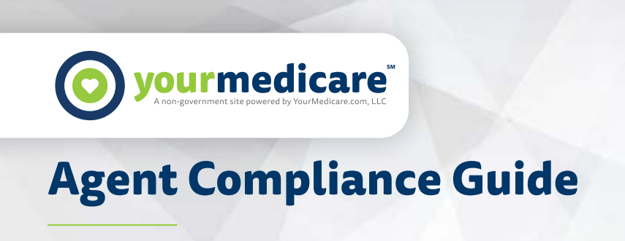
Compliance with rules for selling Medicare Advantage (MA) and Part D prescription drug plans (PDP) is the responsibility of everyone serving Medicare customers.
This guide was developed to aid compliance throughout all stages of the sales process and includes critical information and useful tips to keep in mind at all times.
Making a Compliant MA/PDP Presentation
Featuring a handy check list, presentation phases are covered in three sections:
Prior – Key points
- Understanding what is permissible and not permissible to discuss with a prospective client
- Knowing what questions to ask
- Being prepared to sell
During – Necessary steps
- Making proper introductions
- Providing necessary disclosures
- Being up-to-date on relevant published materials such as provider networks, drug formularies and plan benefits, premiums and client costs
- Ensuring clients understand all aspects of the sales process
After – Important follow-up actions
- Seeing if the customer has any questions about the plan they’ve chosen
- Confirming client understanding of benefits, coverages, co-pays/co-insurance and provider network information
- Making sure the customer has the agent’s contact information
Things to Know
|
👉 Do • Clearly identify the products to be discussed, and ONLY discuss those agreed |
|
👉 Do Not • Discriminate in any way, including discouraging enrollment for the disabled• Attempt to enroll someone with a diminished capacity to understand • Engage in high-pressure sales or scare tactics or use misleading, conflicting, confusing statements • Collect financial information during pre-enrollment activities • Imply Medicare is only available to seniors • Offer monetary or promotional gifts to induce enrollment or to compensate based on use of services |
Other Points of Interest
In addition to the preceding information, the compliance guide addresses the following topics:
- Compliance metrics
- Avoiding client complaints
- Primary care physician auto-assignments
- Marketing during Pre-AEP and prior to October 1
- Do’s and don’ts for conducting an educational event
- And more!
Download the Compliance Guide here!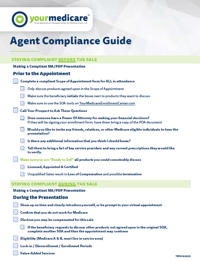


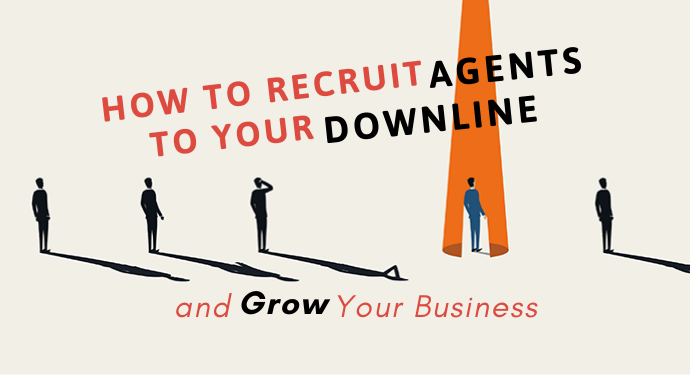

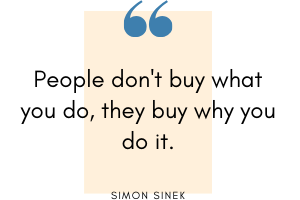
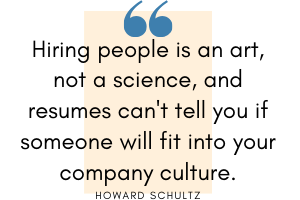
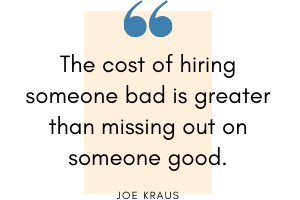

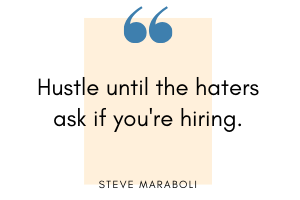


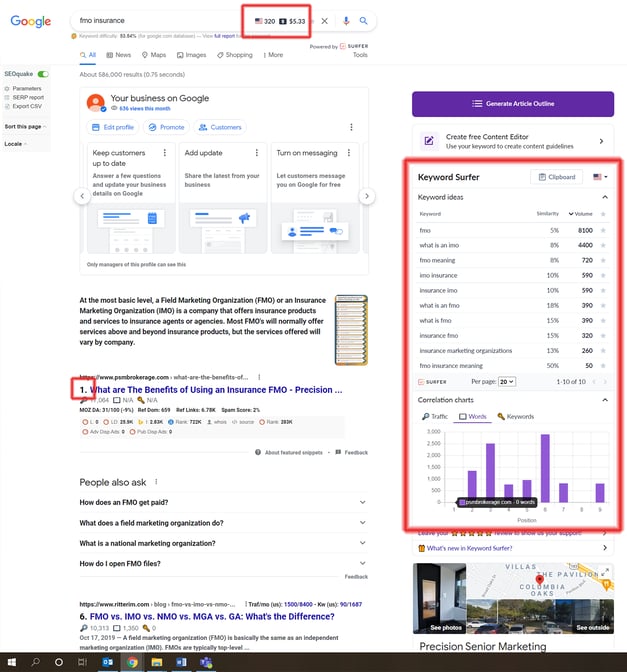



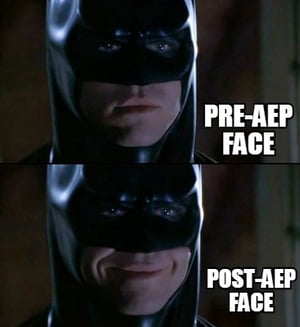









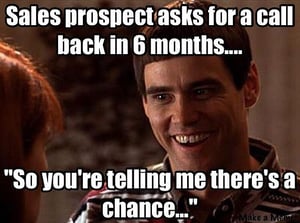



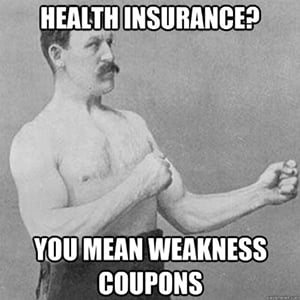










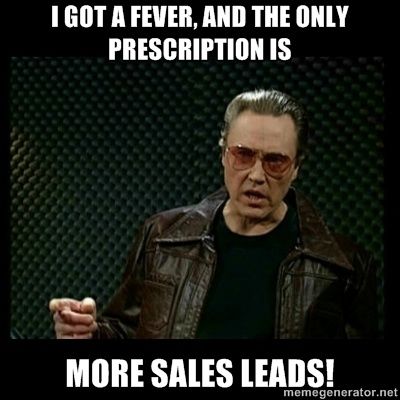



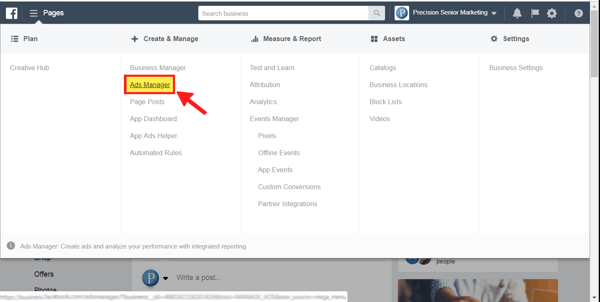
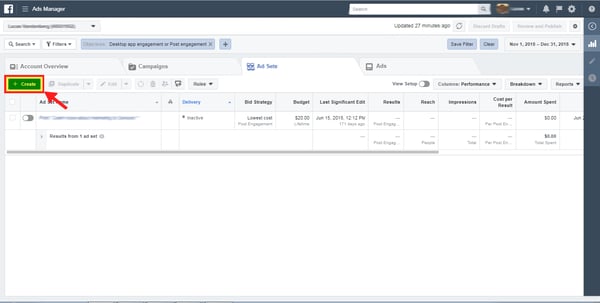
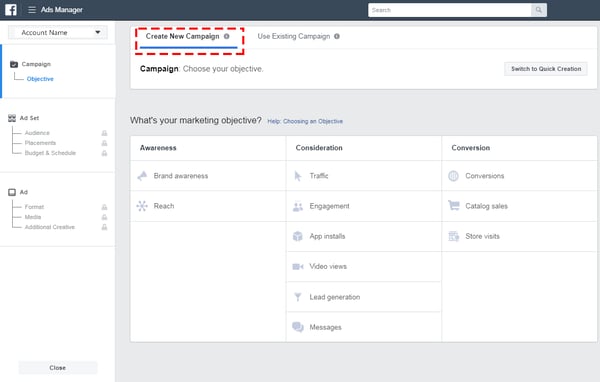
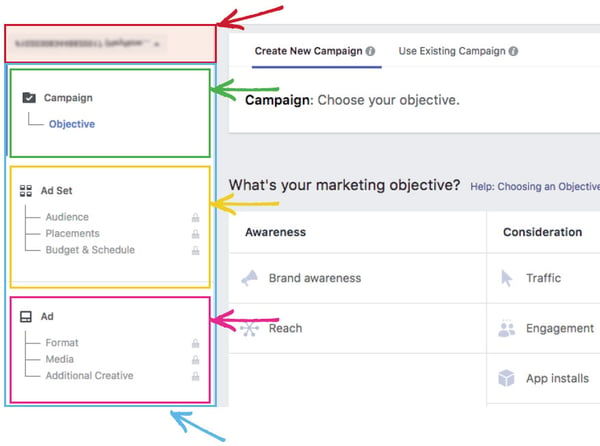
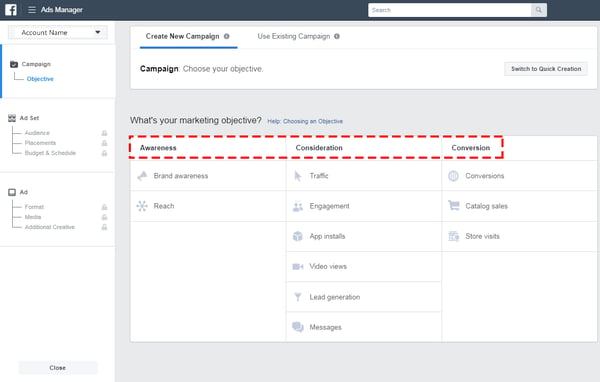
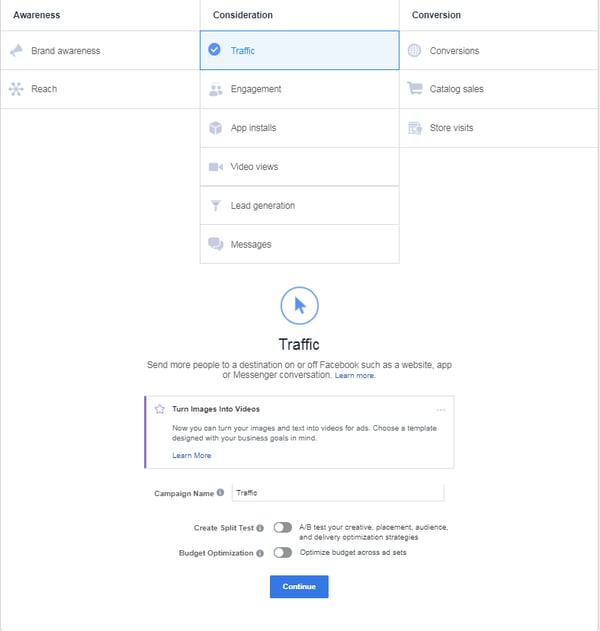
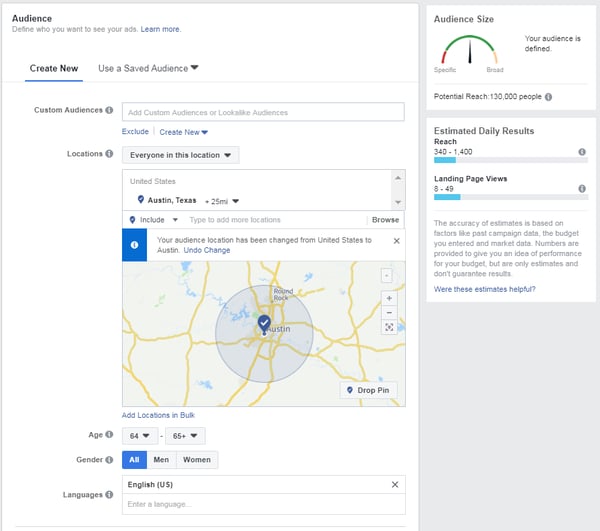
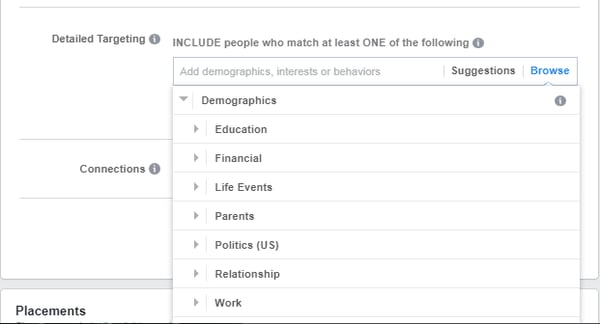
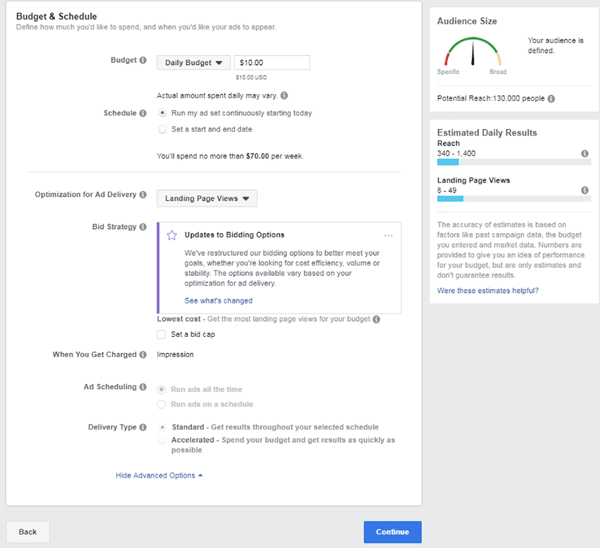
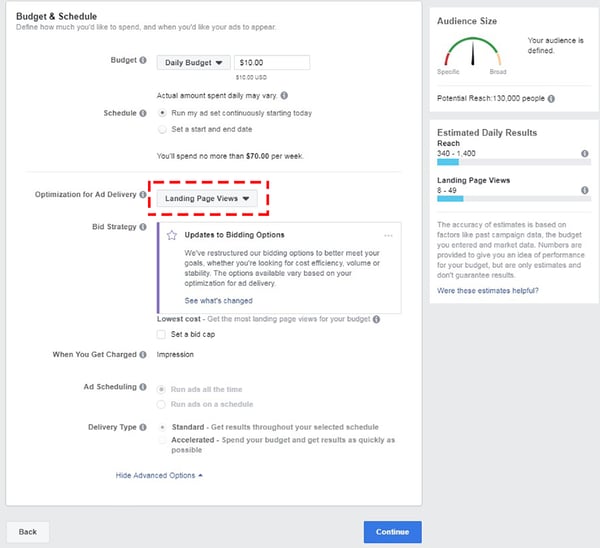
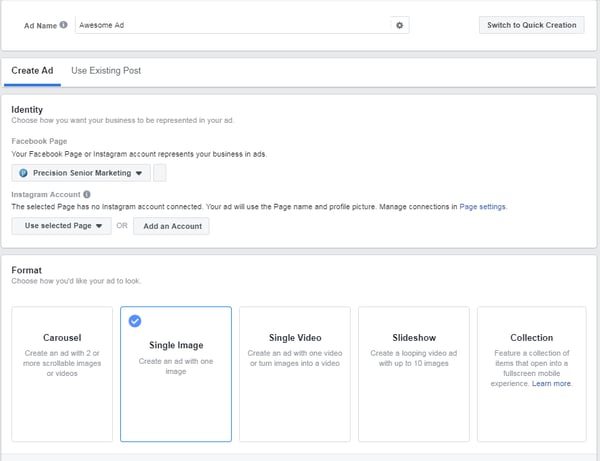
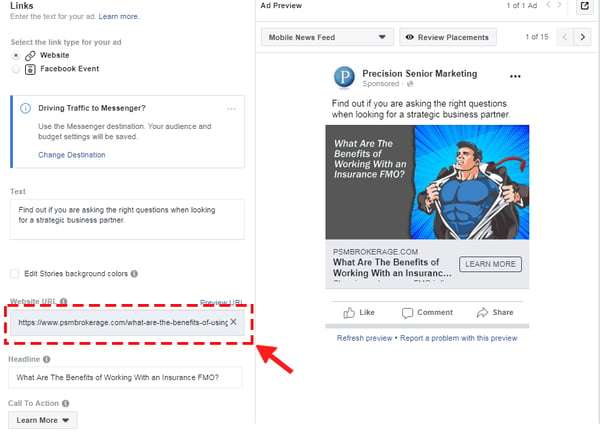
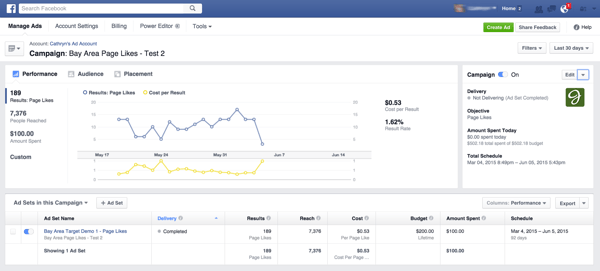
.png?width=625&height=330&name=How%20to%20Sell%20Medicare%20Advantage%20%26%20Medicare%20Supplement%20Over%20the%20Phone%20(11).png)




%20Client%20Referrals.png?width=275&name=8%20Simple%20Ways%20to%20Get%20More%20(and%20Better)%20Client%20Referrals.png)